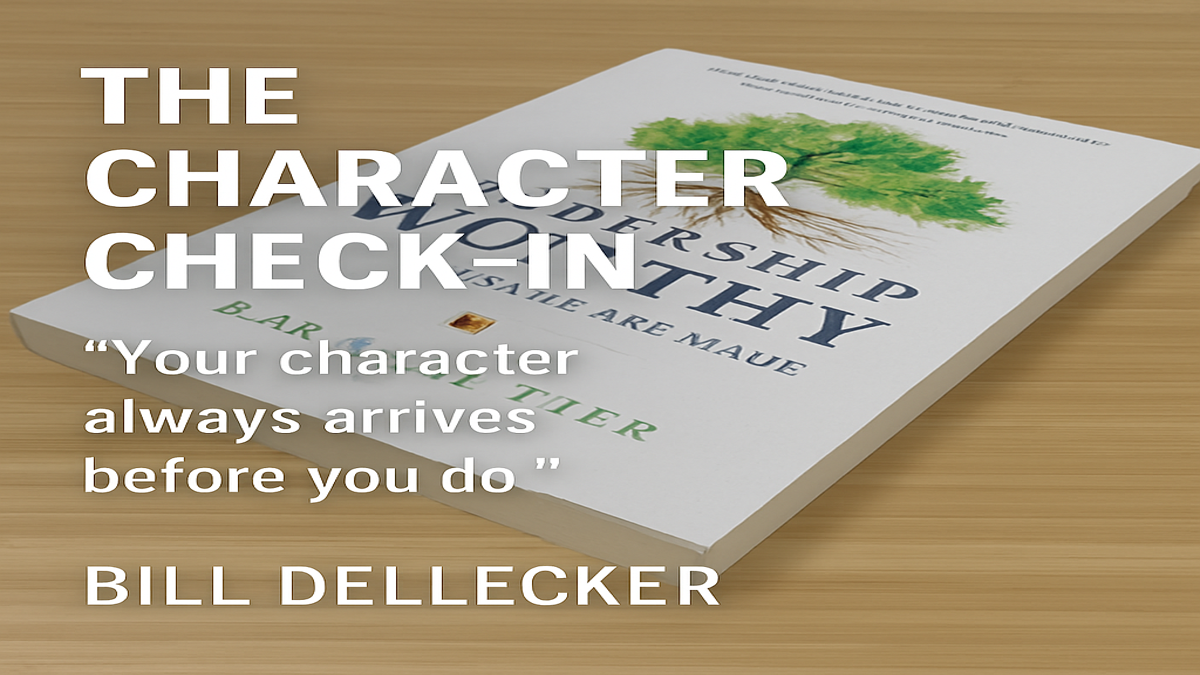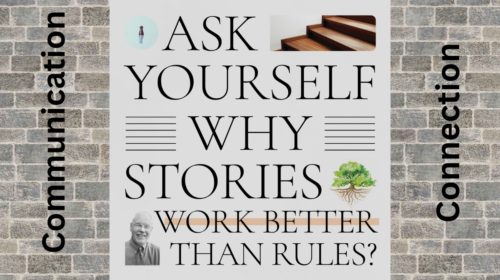True Meaning

Texts may be useful for quick facts, but they don’t tell a complete story. Accompanying photos may help, but the words often fall short of conveying context and true meaning. Then there are Tweets, which are like Texts on Steroids! It doesn’t take much for them to blow up and cause widespread misunderstanding and upset.
E-Mails are a bit better, because the sender usually has more to say and has decided that a longer message warrants use of a more deliberate medium. However, the ease and speed of creating it may cause the writer to click “send” before it is ready for prime time. Are the thoughts clear and concise, or does it ramble? Are those “hot words” in there, because they certainly sound emphatic and a bit angry? Is the sender really that upset and are you sure what issue they have or action they expect? Perhaps sending a clipped response is just the thing you need to do to ferret that out. The more you think about it, the more annoyed you are that they’d send that message to you at this time of day and when you are busy dealing with so many other, more important, matters. War by email is about to commence!
The written word, especially when crafted into texts or emails, often lacks the context needed to create understanding of its true meaning. In fact, research reveals that only 7% of the meaning is contained in the words themselves and a whopping 93% comes through how you say them and the non-verbal cues that can only be discerned in person.
A Voice Message may help convey emotion, using words that are usually the equivalent of a text message. But if that message becomes a ramble, the recipient probably quits listening before reaching the end of it. So, what’s the key to conveying true meaning?
The “Great Communicator”, former President Ronald Reagan, had a gift for getting his point across. When he delivered his thoughts personally, he connected with people in a way that most only dream about doing. In his memoirs, Reagan cited instructions to his speech writers early in his presidency that they should be no longer than 20 minutes and must “tell them what you’re going to tell them, tell them, and then tell them what you’ve told them.” By being as clear and concise as possible, and delivering his message in a very human manner, his true meaning was revealed!
Achieving true meaning is the worthy yet elusive goal of communication. Modern technology certainly enhances the speed of delivering the message, but raises the probability of ‘static’ interfering with the accurate transmission. If it’s truly important, the true meaning can only be delivered in person.
Tempus Maximize!






